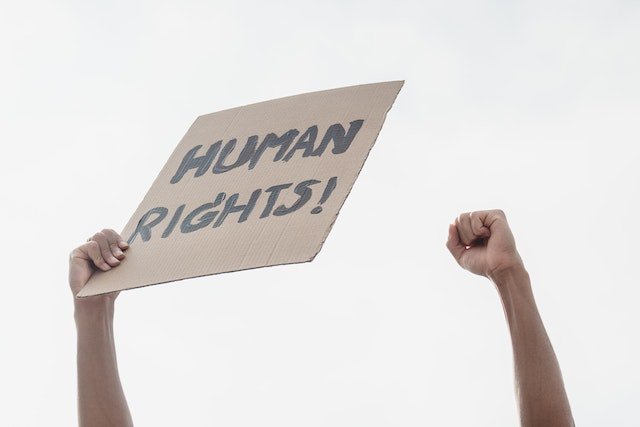The Evolution of Human Rights in History
The journey of Human Rights in History is a testament to humanity’s ongoing quest for justice, equality, and dignity. Over the centuries, the concept of human rights has evolved significantly, reflecting broader changes in societal values, legal frameworks, and global dynamics. This article explores the key milestones and transformations in the evolution of human rights.

Early Foundations of Human Rights
The roots of Human Rights in History can be traced back to ancient civilizations, where rudimentary ideas of justice and equality were first formulated. In ancient Mesopotamia, the Code of Hammurabi (circa 1754 BCE) established some of the earliest recorded laws designed to protect the rights of individuals, albeit with limitations based on social class and gender.
Similarly, ancient Greece contributed to the development of human rights concepts through its philosophical debates. Thinkers like Socrates and Aristotle discussed ideas related to justice and the role of the individual in society. Although these early notions were not framed as human rights, they laid the groundwork for future developments.
The Magna Carta and Early Modern Developments
A pivotal moment in Human Rights in History occurred in 1215 with the signing of the Magna Carta in England. This document was a significant step toward limiting the powers of the monarchy and establishing principles of due process and individual rights. Although initially intended to address specific grievances, the Magna Carta’s influence extended beyond its time, inspiring later legal and constitutional frameworks.
Moving forward to the Enlightenment period in the 17th and 18th centuries, thinkers like John Locke and Jean-Jacques Rousseau further advanced the idea of natural rights. Their writings emphasized the inherent rights of individuals, such as life, liberty, and property, which significantly shaped modern human rights concepts.
The 20th Century: A Turning Point
The 20th century marked a turning point in the evolution of Human Rights in History, largely due to the atrocities of World War II. The widespread horrors of the war highlighted the need for a comprehensive international framework to protect human rights globally. In response, the United Nations was established in 1945 with the goal of promoting peace and security.
A landmark achievement came in 1948 with the adoption of the Universal Declaration of Human Rights (UDHR). This document articulated fundamental human rights that should be universally protected, including civil, political, economic, and social rights. The UDHR served as a foundational text, inspiring numerous treaties, conventions, and national laws aimed at protecting human rights.
Post-War Developments and Expanding Rights
Following the adoption of the UDHR, the latter half of the 20th century saw significant developments in the field of human rights. International treaties such as the International Covenant on Civil and Political Rights (ICCPR) and the International Covenant on Economic, Social, and Cultural Rights (ICESCR) were established, providing a more detailed framework for protecting human rights.
Moreover, the latter part of the 20th century witnessed the rise of movements advocating for specific rights, such as women’s rights, LGBTQ+ rights, and racial equality. These movements, supported by various international organizations, helped to expand the scope of human rights protections and address systemic inequalities.
The 21st Century: Challenges and Progress
In the 21st century, the evolution of Human Rights in History continues to progress, yet challenges remain. The global community faces ongoing issues such as discrimination, climate change, and conflicts that impact human rights. Efforts to address these challenges include international treaties, grassroots activism, and technological innovations aimed at improving human rights protections.
Human rights organizations and advocacy groups play a crucial role in highlighting violations and pushing for reforms. Additionally, the use of technology and social media has enhanced the ability to document abuses and mobilize support, contributing to a more informed and engaged global population.
Conclusion
In conclusion, the evolution of Human Rights in History reflects a continuous effort to uphold the dignity and freedoms of individuals. From ancient codes and philosophical debates to modern international frameworks and advocacy, the journey of human rights is marked by significant milestones and ongoing challenges. By understanding this history, we gain insight into the progress made and the work still required to ensure that human rights are universally respected and protected.


